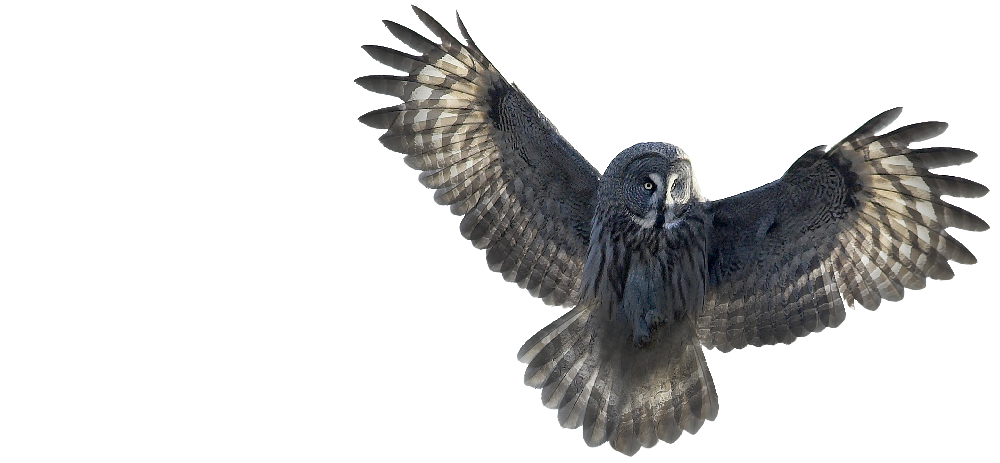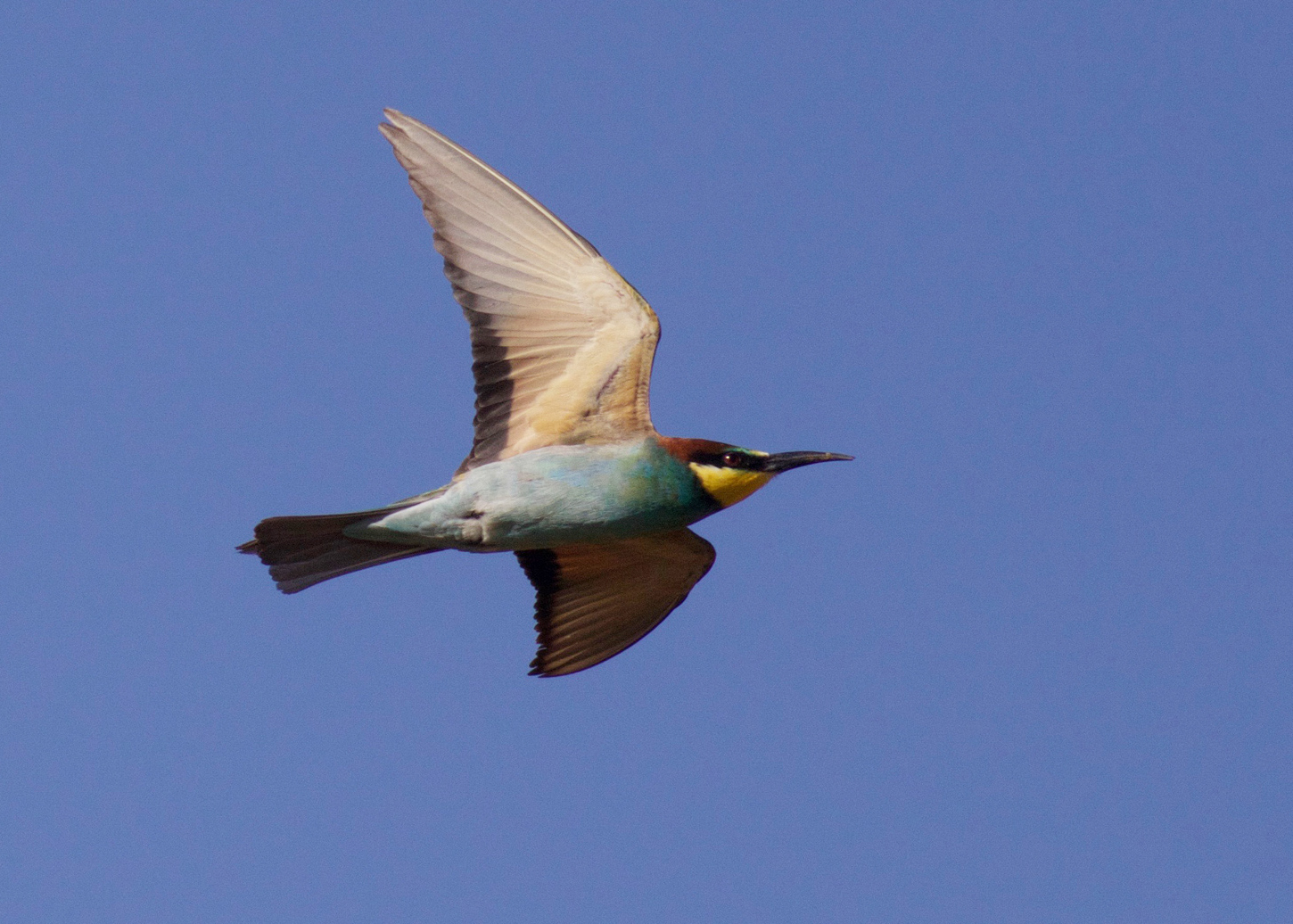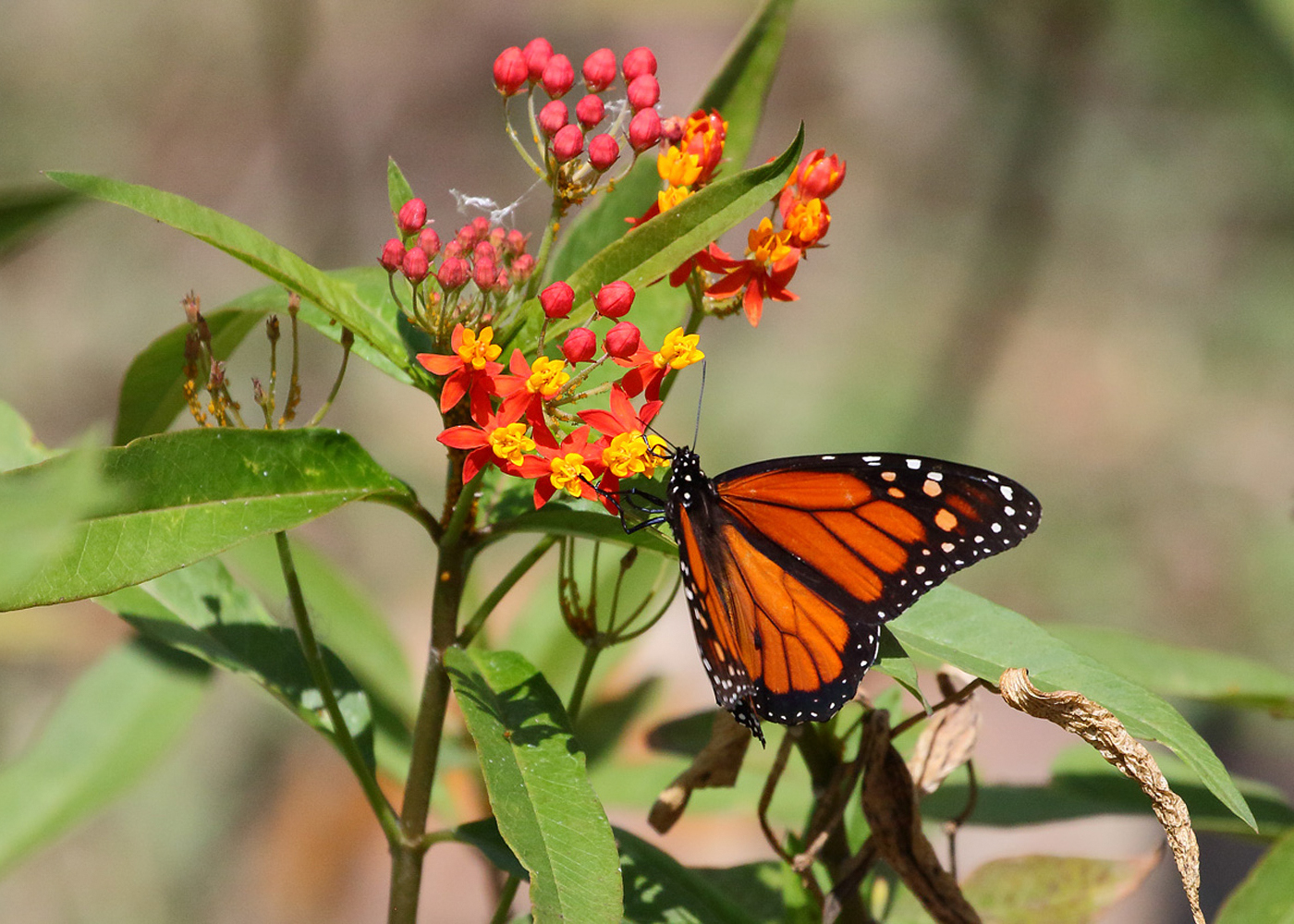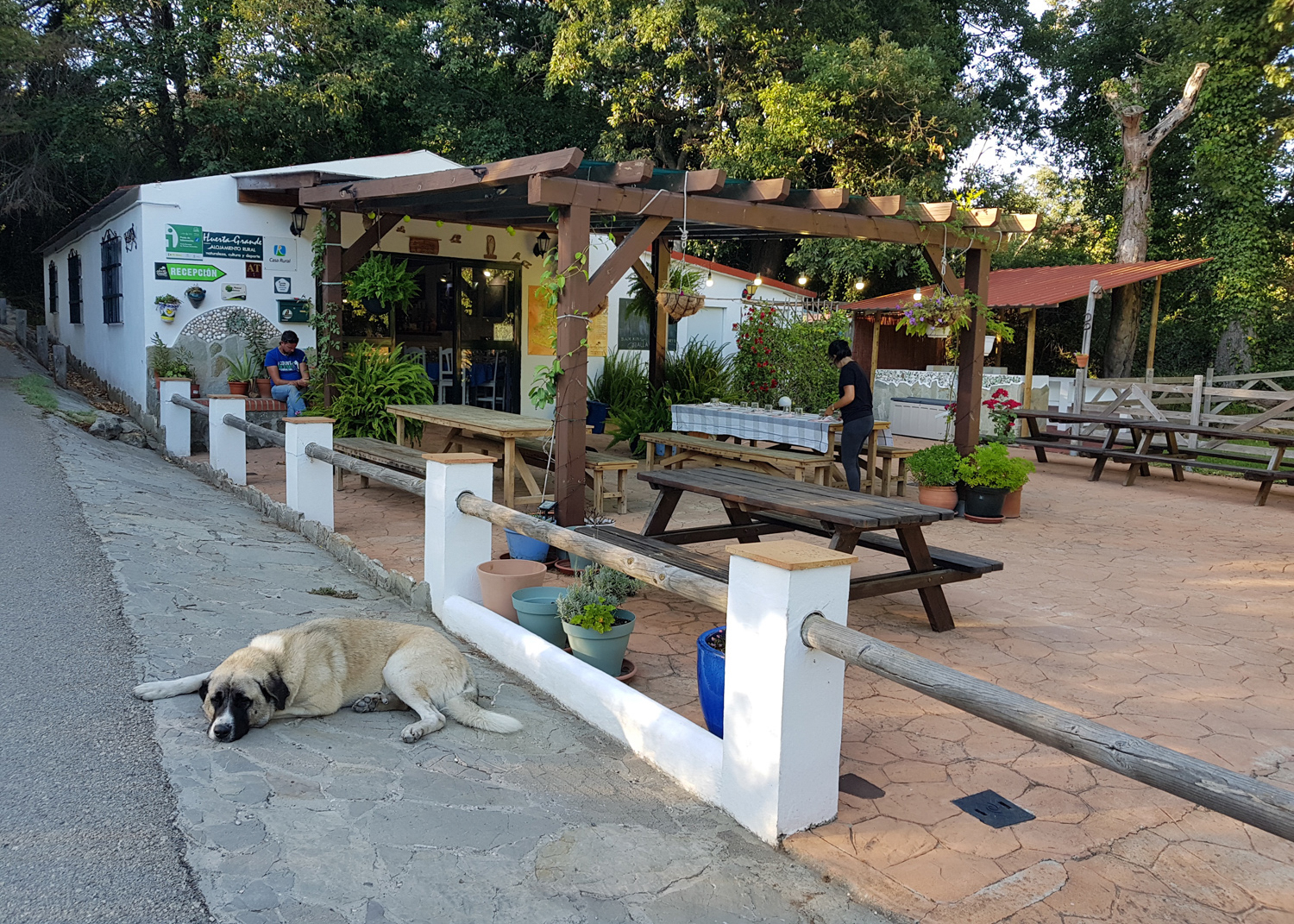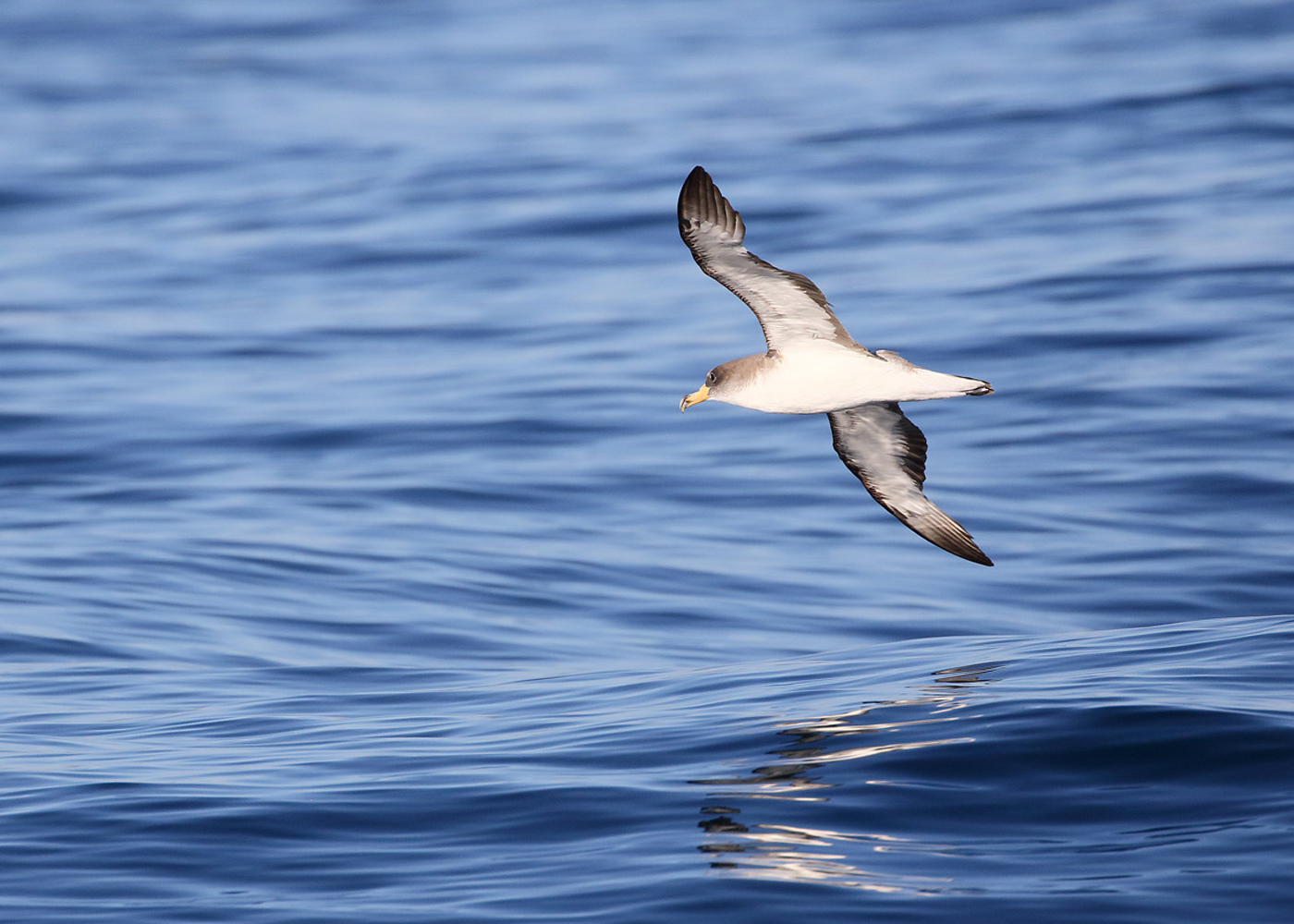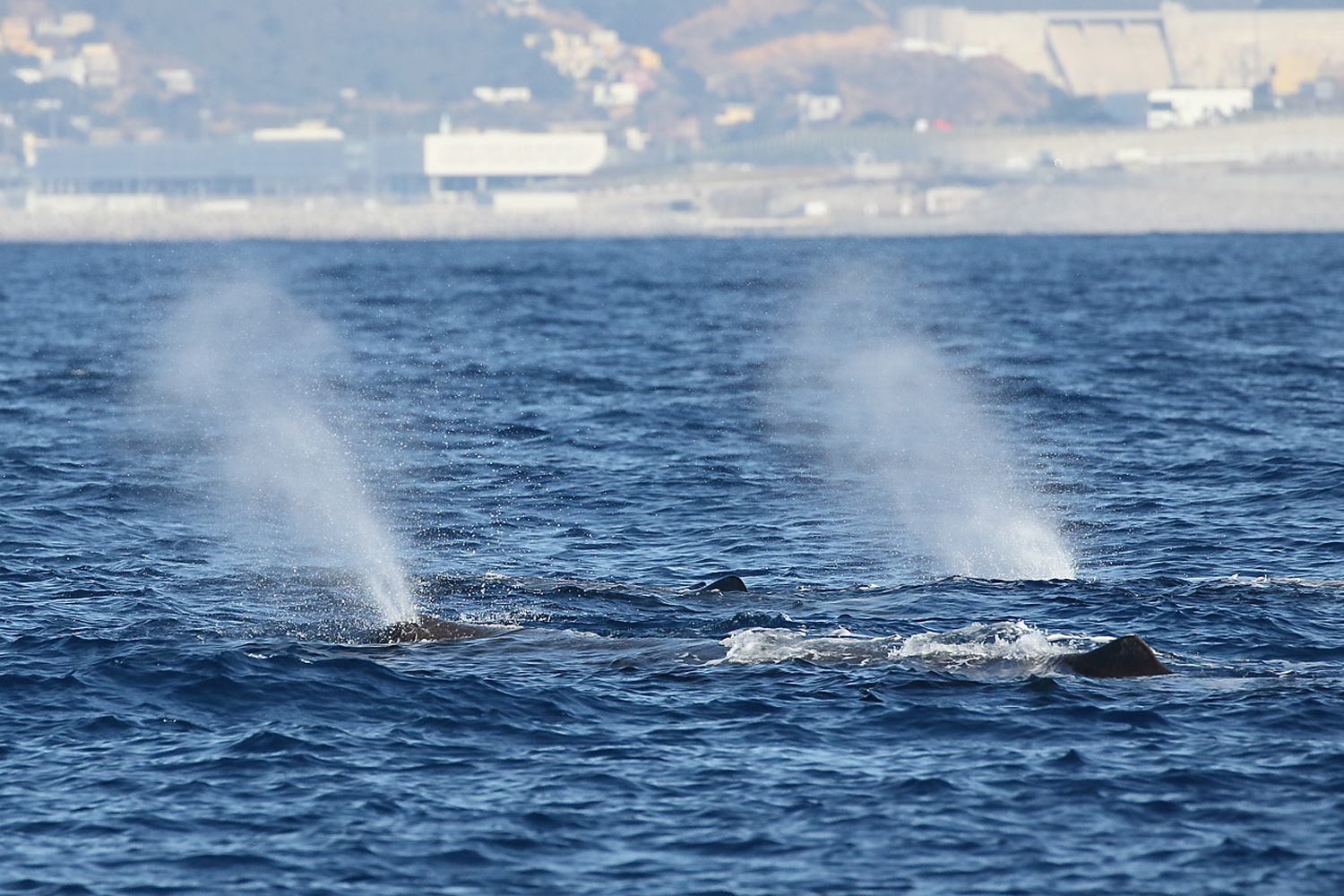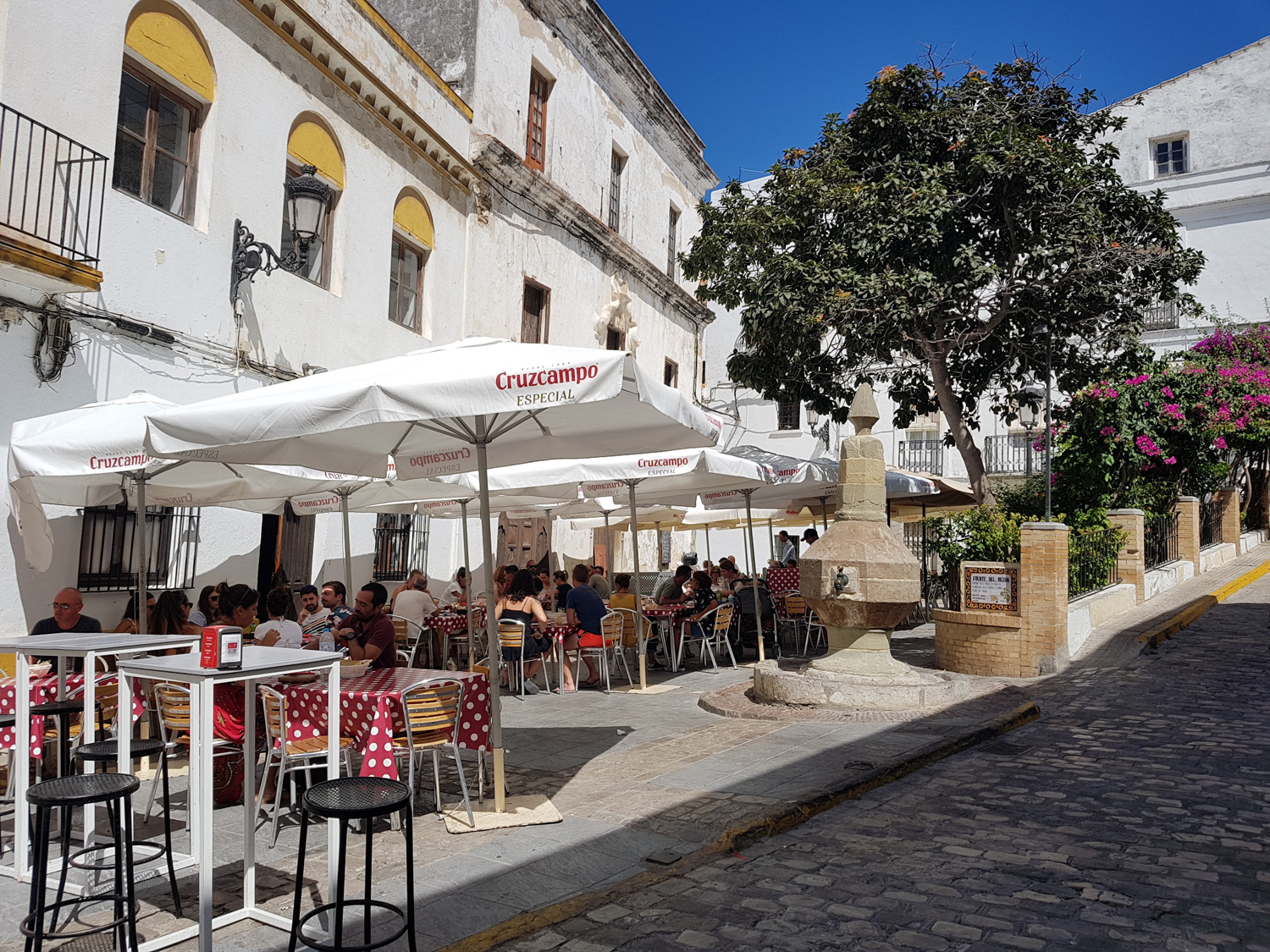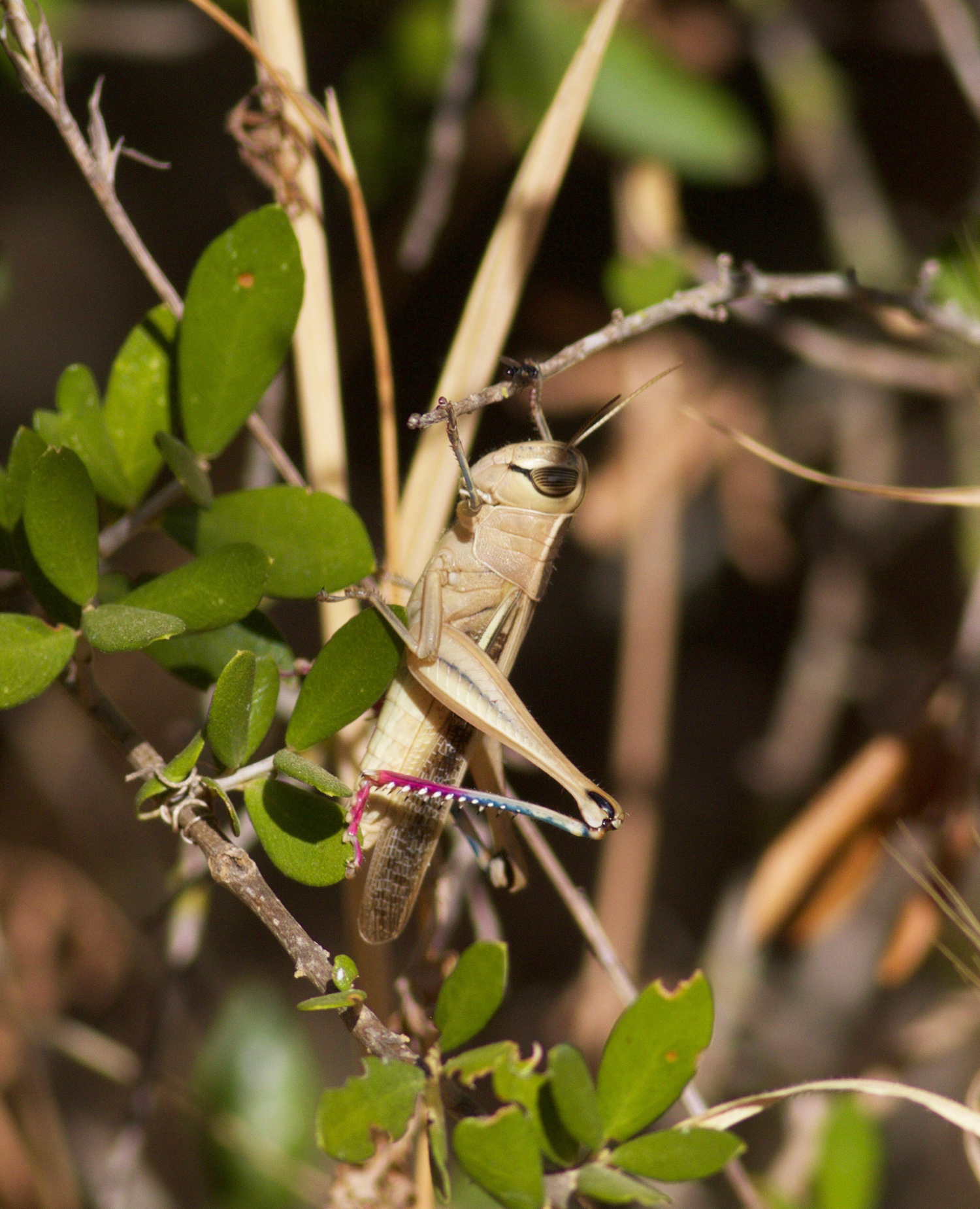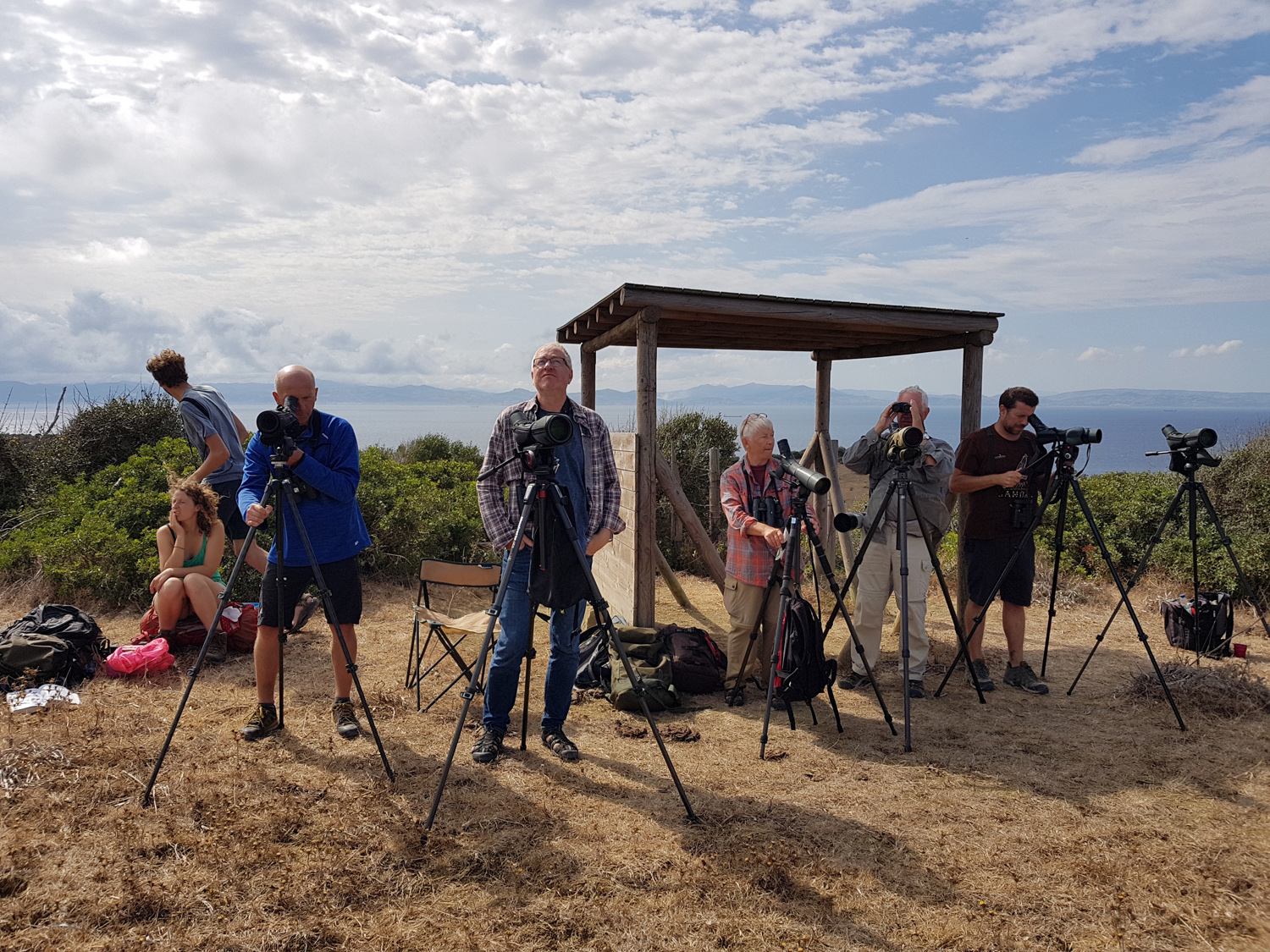Autumn in Andalusia
15 – 21 September 2025
Autumn in Andalusia
15 – 21 September 2025
15 – 21 September 2025
Birds of prey / Vultures / Storks / Sea birds / Bee-eaters / Bald ibis / White-headed Duck / Monarch butterfly
Autumn in Andalusia
Andalusia – Spain’s southernmost province is rich in nature and birds. Beyond the tourist cities, there are vast natural areas, several of which are reserves and nature parks, or even national parks. Andalusia is worth visiting all year round, but autumn and spring are particularly productive for bird enthusiasts. It is, of course, during these seasons that bird migration is concentrated to the southern tip of Europe and the Strait of Gibraltar, where the sea is narrowest to cross. The migration of birds of prey and storks is the most spectacular. But there are also numerous local breeding birds here that are interesting and unique.
Here, we can also browse among the gulls on the beach, and when we feel satisfied, we treat ourselves to a well-chilled drink at one of the outdoor bars in the harbor.
Here, we can also browse among the gulls on the beach, and when we feel satisfied, we treat ourselves to a well-chilled drink at one of the outdoor bars in the harbor.
You’re invited to book a wildlife trip with us!
Whether you choose to travel with us to a distant land or to photograph eagles from a photo hide, you can rest assured that we:

